Capital markets are in flux. As evolving monetary policy casts a spotlight on a fragmented global economy, the stability of infrastructure for borderless transactions with digital assets stands out as a superior alternative to the traditional system.
Blockchain is a viable solution to many of today’s financial challenges. Uniquely, its clearest beneficiaries are two distinctly different groups: financial institutions and the 1.4 billion people who are unbanked. The former gains next-generation speed and scalability while the latter benefits from newfound accessibility and equity.
Our charge as builders of this industry, if we want to actualize blockchain’s full potential, is to account for the needs of both.
While the financially marginalized have long sought solutions in bleeding-edge tech, the legacy world is just beginning to get the appeal. "We have to be thinking about how we leverage [blockchain] in our environment," said Franklin Templeton CEO Jenny Johnson recently, discussing how costs in asset management are up 80% in the last decade, while revenues are down 15%.
Franklin Templeton's breakthrough illustrates this institutional awakening. Their first-ever tokenized money market fund reduces transaction costs from $1 to less than a penny – for an institution managing $1.7 trillion, the efficiency gains are transformative. But this institutional adoption does more than cut costs; it validates the infrastructure that can serve both boardrooms and the billions still excluded from traditional finance.
The same blockchain rails enabling Franklin Templeton's efficiency gains can deliver $50 remittances from Dubai to the Philippines in seconds rather than several business days. The technology removes friction, whether you're settling $100 million in tokenized assets or sending $100 to family abroad.
Major institutions like BlackRock, Fidelity and JPMorgan are proving blockchain's institutional viability at unprecedented scale. Aid organizations, such as the United Nations Refugee Agency, are simultaneously demonstrating its humanitarian potential, distributing assistance directly to those in need without traditional intermediaries. These parallel developments reflect blockchain's unique capacity to serve both efficiency and equity.
The institutional momentum creates crucial infrastructure benefits for everyone. When major financial players invest in blockchain networks, they strengthen the rails that underbanked populations can also access. When regulatory frameworks emerge to support institutional adoption, they create legal clarity that benefits all users.
Consider the numbers that drive both institutional interest and human need. Global transaction banking generates nearly $1.4 trillion in annual revenue, yet operational inefficiencies cost an estimated 8-10% of that revenue. For institutions, blockchain technology offers clear solutions to these challenges.
For the unbanked, the stakes are different but equally compelling. Remittances – which exceeded $900 billion globally in 2024 – carry average fees of 6.62% worldwide, with some corridors reaching 10% or more. Working families lose billions annually to these costs. When a domestic worker sends $500 home, losing $50 to fees represents not inefficiency but genuine hardship.
The convergence becomes clear: the same technology solving institutional inefficiencies can address human exclusion from the financial system. Blockchain networks processing transactions for fractions of a penny with 3-5 second settlement times serve both institutional treasuries and individual remittances equally well.
Real-world stress tests prove blockchain's dual utility. In Argentina, where inflation reached 236.7% by late 2024, both institutions and individuals are embracing digital assets out of necessity. Data shows 61.8% of Argentina's crypto transactions now involve stablecoins — not as speculation, but as economic survival tools preserving purchasing power against peso devaluation.
This crisis-driven adoption reveals blockchain's fundamental value proposition: removing dependence on fragile intermediaries and national monetary systems. Whether you're a fund manager hedging institutional exposure or a family protecting savings, the infrastructure provides the same essential service: stable, borderless value transfer.
The infrastructure exists. Modern blockchain networks have processed tens of billions of operations, serving millions of accounts worldwide. The technology handles institutional scale while remaining accessible to individual users.
But actualizing blockchain's full potential requires intentional design for both audiences. This means building interfaces sophisticated enough for institutional treasury management yet simple enough for first-time users. It means creating compliance frameworks that satisfy regulatory requirements while preserving accessibility for underserved populations.
Success requires partnerships spanning both worlds – working with established financial institutions to build robust infrastructure while partnering with mobile money operators, community organizations, and fintech companies serving underbanked populations. The goal isn't choosing between efficiency and equity, but achieving both simultaneously.
Blockchain's unique promise lies precisely in its ability to serve these seemingly different constituencies with the same fundamental infrastructure. The networks enabling pension funds to tokenize assets can help farmers access credit. The rails facilitating institutional settlement can deliver humanitarian aid directly to refugees.
As builders, our responsibility extends beyond technological capability to purposeful implementation. We must ensure that institutional adoption strengthens rather than supplants financial inclusion efforts. We must design systems that leverage institutional resources to extend access rather than create new barriers.
The infrastructure for borderless, frictionless value transfer is ready. The regulatory frameworks are evolving. The institutional adoption is accelerating. Our success will be measured not just by efficiency gains in existing systems, but by how many people we bring into economic participation for the first time.
The choice we make today determines whether blockchain becomes another tool serving the already-served or the bridge finally connecting everyone to the global economy. Both institutions and the unbanked are counting on us to get this right.
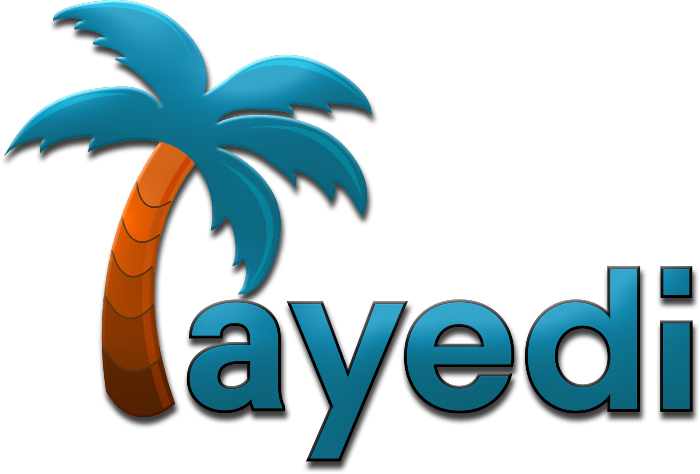
 3 months ago
155
3 months ago
155



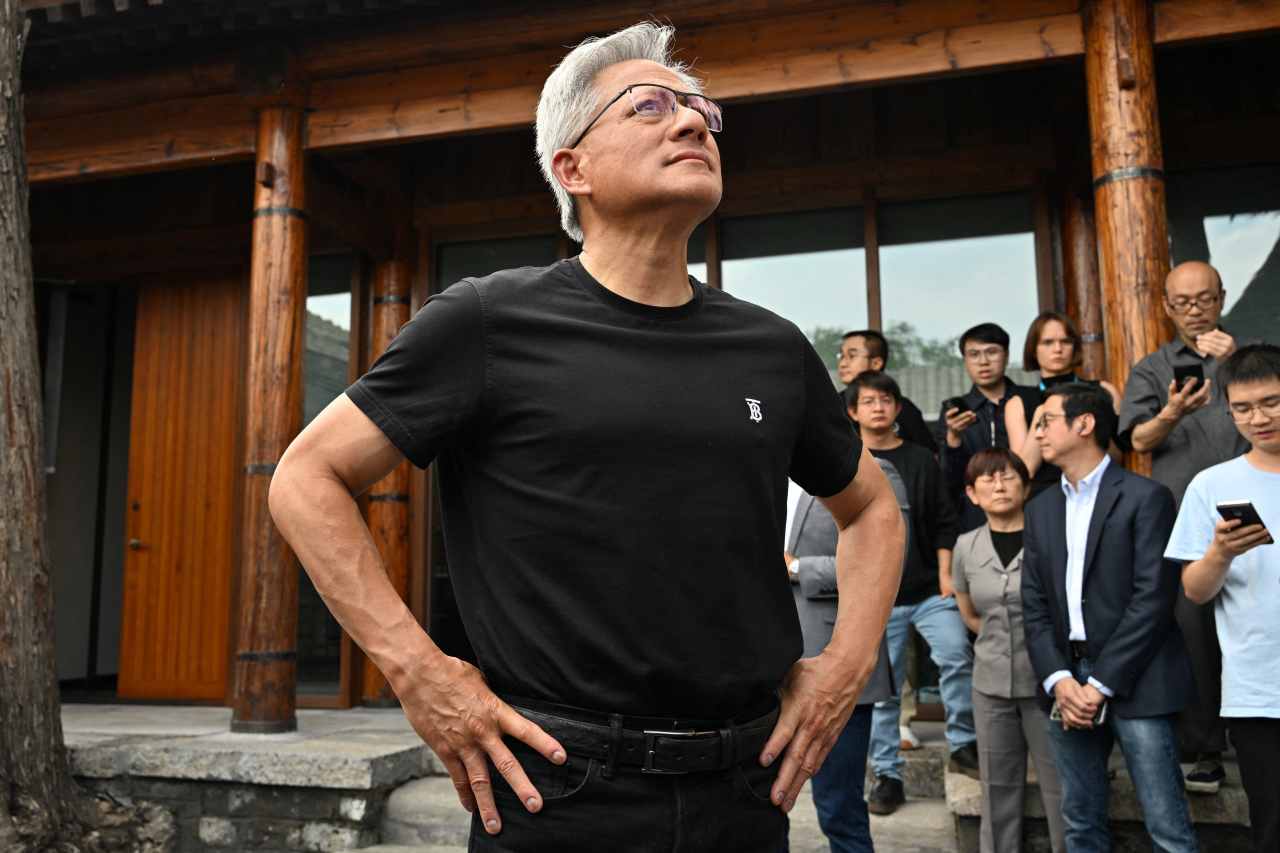

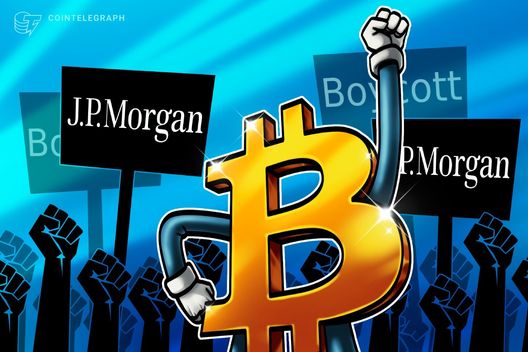


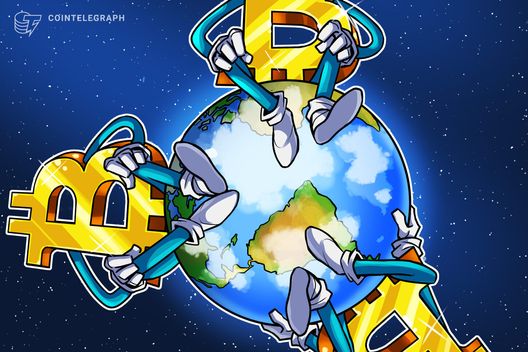

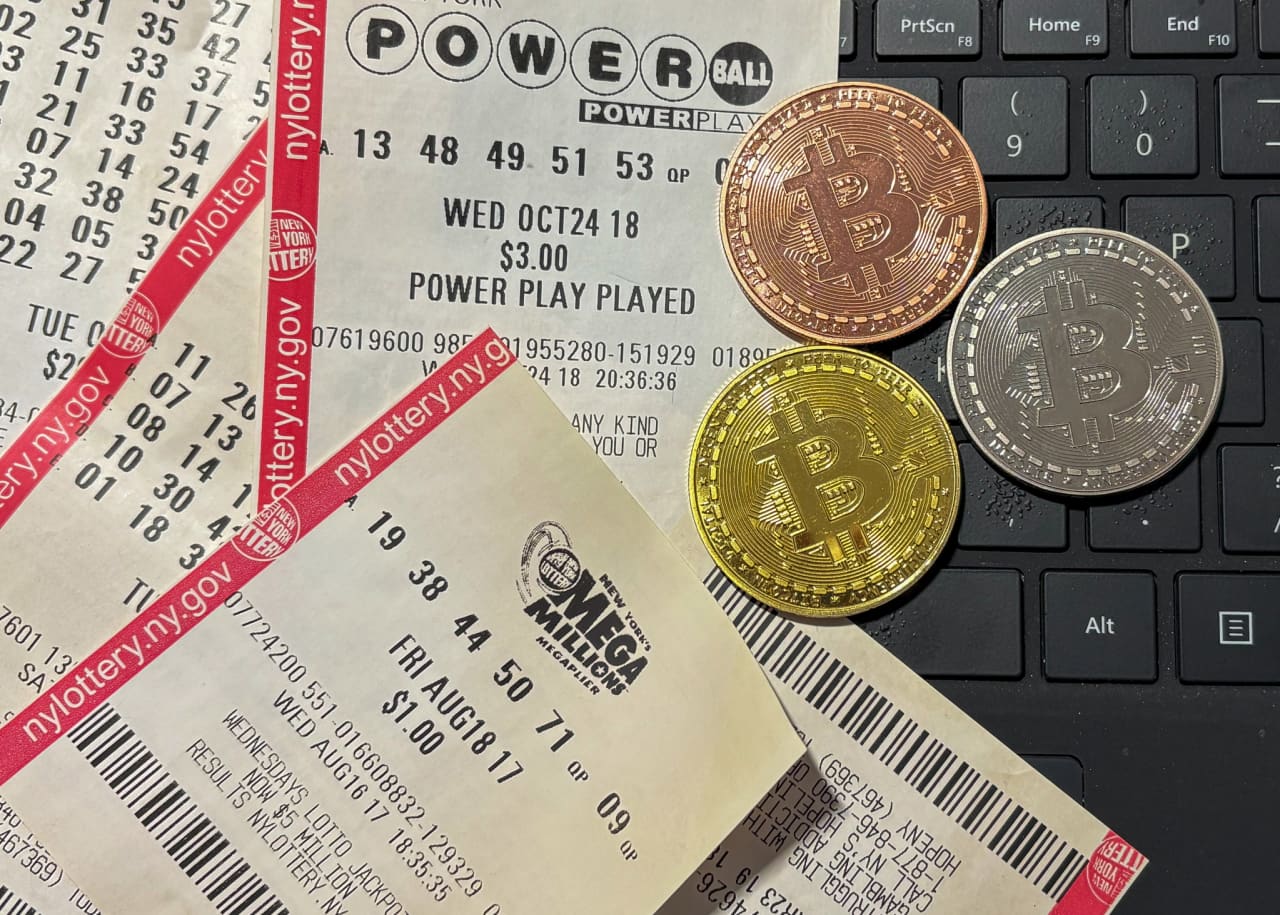


 English (US) ·
English (US) ·